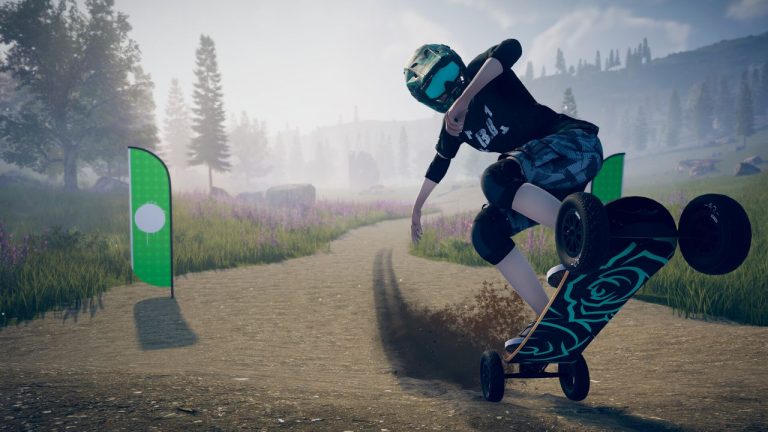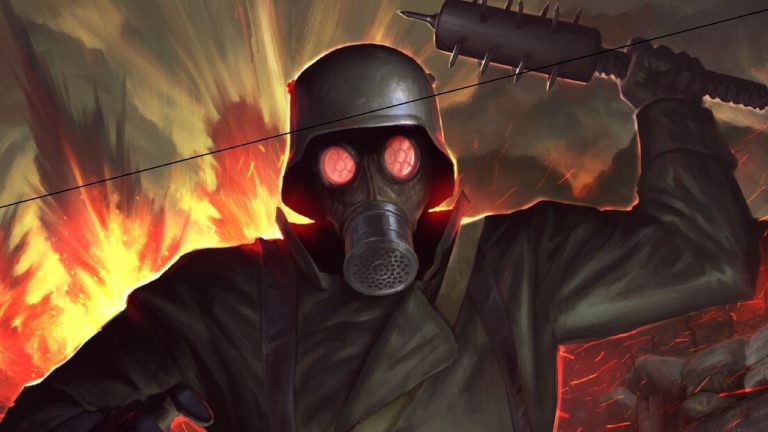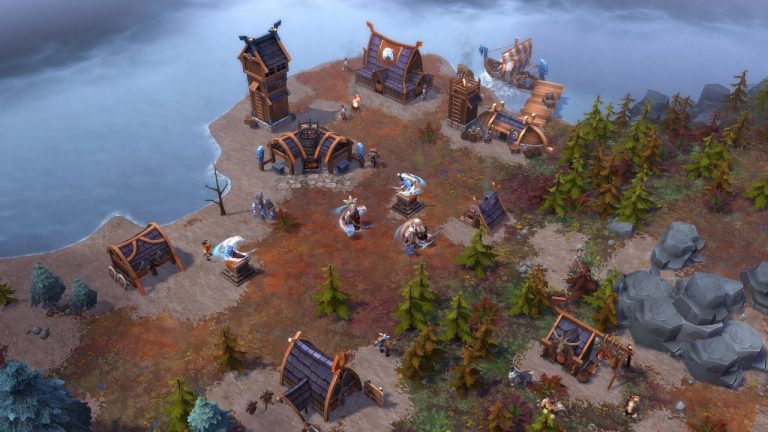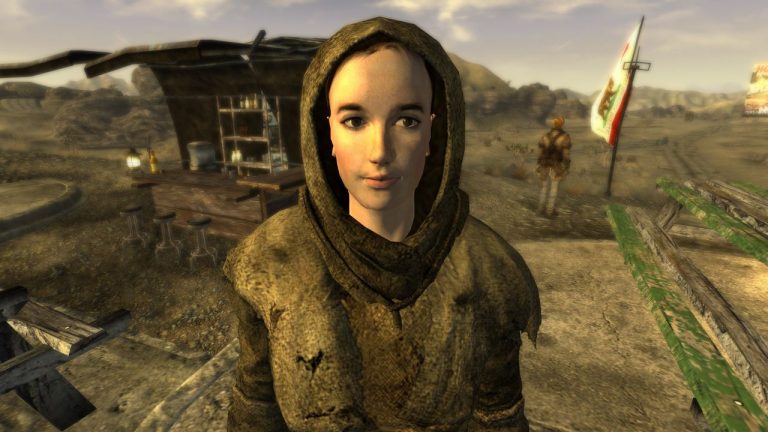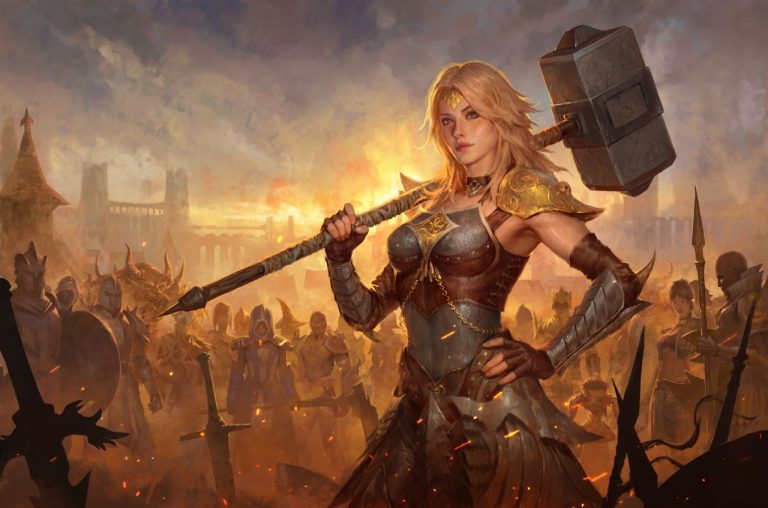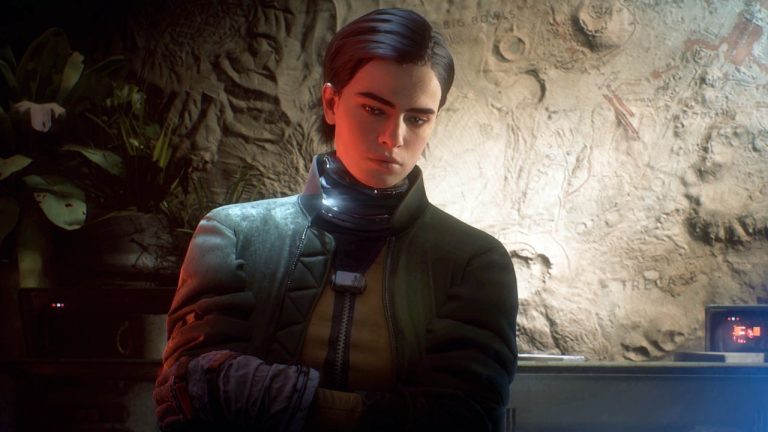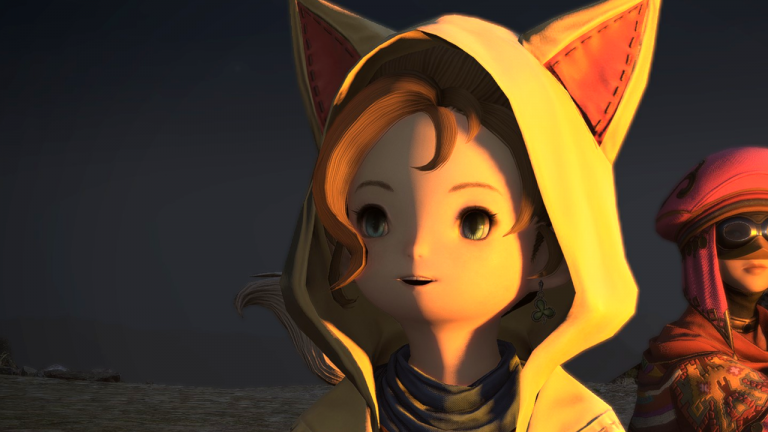Everything about Concord, on some level, works, or works well in isolation. Roka’s heat-seeking missile launcher tracks targets with a satisfying *bleep bleep bleep*. Starchild’s double-jump/power slam ability combo feels great when you can hit multiple targets. But Concord’s occasional moments of satisfaction are waylaid by a competitive shooter experience that’s too often sluggish, boring, and devoid of any interesting tactics beyond balling up as a team and standing on an objective.
What is it? An underbaked, overpriced, and dated hero shooter.
Expect to pay $40 / £35
Developer Firewalk Studios
Publisher PlayStation Publishing
Reviewed on Radeon RX 6600, Ryzen 7 5700G, 32GB DDR4 RAM
Multiplayer? Yes
Steam Deck: Not Verified
Link: Steam
Gunplay is serviceable, with recoil and weapon handling that channels far more of Destiny 2’s PvP mode, The Crucible, than Overwatch or Valorant, albeit with none of the punchy feedback that gives that game its sense of weight or tactility. Floaty movement through maps with three lanes and varied sightlines, abilities on cooldown where you toss out orbs that do stuff and then come back, and an exhaustingly long time-to-kill that incentivizes your whole team to mob together and focus down single targets—you’ve seen all this before, and it’s been better and $40 less expensive. It is fine in a marketplace where fine does not and has not cut it for years.
This is one part of Concord that is especially confusing. Destiny’s Crucible was just a single mode, interwoven into a PvE/PvP progression system designed to make sure hardcore players never ran out of stuff to do. It also wasn’t that great, and its Destiny 2 counterpart has long languished in the shadow of the more popular, more substantial campaigns and raids. In isolation, the Crucible would have been a miserable experience—and really, that’s all Concord has.
Concord’s overlong time-to-kill demands precision with weapons and hero toolkits that often aren’t up to the task, making gunfights exhausting. Even the weapons in Concord’s arsenal geared towards straight DPS, like Lennox’s (ref: green cowboy alien) dual revolvers or Teo’s (ref: soldier man in body armor) assault rifle are chores to use, unable to chew through health bars fast enough to make fights any less dull.
(Image credit: PlayStation)
Coupled with Concord’s agonizingly slow movement speed, I found that I was rarely getting kills, unless I opted to stay glued to my team to become a giant roving death star of heroes. Concord obviously encourages team-play and cooperation, but the piddly weapons and sluggish heroes leave its deathmatch and objective control modes feeling samey, devoid of that captivating sense of push and pull that you find in other hero shooters. Most of Concord’s matches devolve into two giant mobs of Battleborn wash-outs waddling around huge empty maps, slowly chipping away at each other.
It doesn’t help that Concord’s maps are a total bore to actually play: An assortment of alien ruins, research facilities, and cargo bays designed for strictly even competitive matchups with barely a hint of personality.
Isolating a healer or tank carries none of the importance in Concord that it does in Overwatch. The absence of ultimate abilities is sorely felt in this regard, leaving Concord’s matches none of that call and response dynamic that Overwatch and Valorant players will be familiar with—there’s nothing in Concord’s combat space that is as attention-demanding as a Genji deploying his Dragonblade ultimate in your disorganized backfield, or a Cassidy “high-noon”-ing from a clear vantage point. Concord is just about killing other dudes and standing on circles, and any abilities that slow down that already sedative process feel like a waste of everyone’s time.
Concord’s heroes, termed “Freegunners,” are by and large forgettable, lacking the distinctive flavor of their contemporaries. Their names and backstories washed over me, almost immediately forgotten—it’s a sanitized, rag-tag found family so derivative that I found myself yearning for a cartoonishly grimdark spacefaring Glanton gang to ride onto the scene and blast the static smirks off everyone’s faces. The prospect of spending any more time with this cast feels like emotional labor, and I can’t imagine myself tuning in for weekly cinematics where I’ll doubtlessly be threatened with even more stale one-liners and sarcastic comebacks.
(Image credit: PlayStation)
(Image credit: PlayStation)
(Image credit: PlayStation)
(Image credit: PlayStation)
(Image credit: PlayStation)
The Freegunners’ tool kits are a bit more engaging than their personalities, but only just. Many of the weapons and abilities feel too unwieldy or are overly difficult to deploy effectively in combat. One Freegunner, DaVeers, has a support-oriented kit built around a woefully underpowered incendiary grenade launcher, and it’s rare to be able to do much with her before being mobbed to death. Duchess trades offensive power for an area denial toolkit which has her tossing out concrete walls to lock off lanes, forcing opponents to slowly jog around barriers of negligible importance before easily murdering their builder. Even when it does go off correctly and cuts somebody off from their team, the aforementioned time-to-kill issue doesn’t provide an avenue to capitalize on that.
Not every Freegunner is a total dud—I enjoyed the reconnaissance-focused Kyps and her relatively fast movement speed, which opened up some rare opportunities for flanking and harassing the enemy. The most fun I had in Concord was complimenting my team’s own roving death star by being a constant thorn in the side of the enemy, placing traps, marking targets, and racking up assists.
(Image credit: PlayStation)
(Image credit: PlayStation)
(Image credit: PlayStation)
(Image credit: PlayStation)
You can tell Concord aspired to be more. Its world is vast, mercenaries fighting for scraps in the shadows of an impossibly powerful merchant guild, and I was surprised by how often I found myself saying “woah” after reading one of its lore entries. Take the guild’s headquarters, the Spire: as a show of force to the galaxy at large, the merchant guild confiscated a moon, hauled it across space, and dropped it onto the capital of an imperial rival, burying them under a mountain of ash and rubble before driving a gigantic lance-ship into the crater and decreeing it the new center of the universe. Excerpts like this embody a tension that rests at the core of Concord, where 5v5 team deathmatch and objective control skirmish modes fail the promise of an undeniably inspired sci-fi setting. That setting isn’t only failed by the gameplay, though, as Concord’s actual writing is bordering on embarrassing, overly-quippy banter cribbing from the likes of Firefly, Borderlands, and Guardians of the Galaxy.
A major problem right now is that players simply aren’t willing to stick out a whole match. One of these two mobs will invariably obliterate the other, and then one or two of the losing mob’s members will come to their senses and realize that they are playing Concord and that they could be doing anything else with their time and quit. This leads to the second round almost always being a steamrolling of the other team. I’ve never in my life played a game where a week inside the launch window, games are being won and lost because players seem to be getting depressed mid-match and quitting. Worst of all, even when everyone sticks around for a full match, it’s still scraping at the shadows of Overwatch and Destiny 1.
There’s no getting around how baffling Concord is. It’s a $40 hero shooter whose only real selling point is that it has lore. The abysmal launch and already dismal player count make Concord impossible to recommend to even the most diehard hero shooter players.






